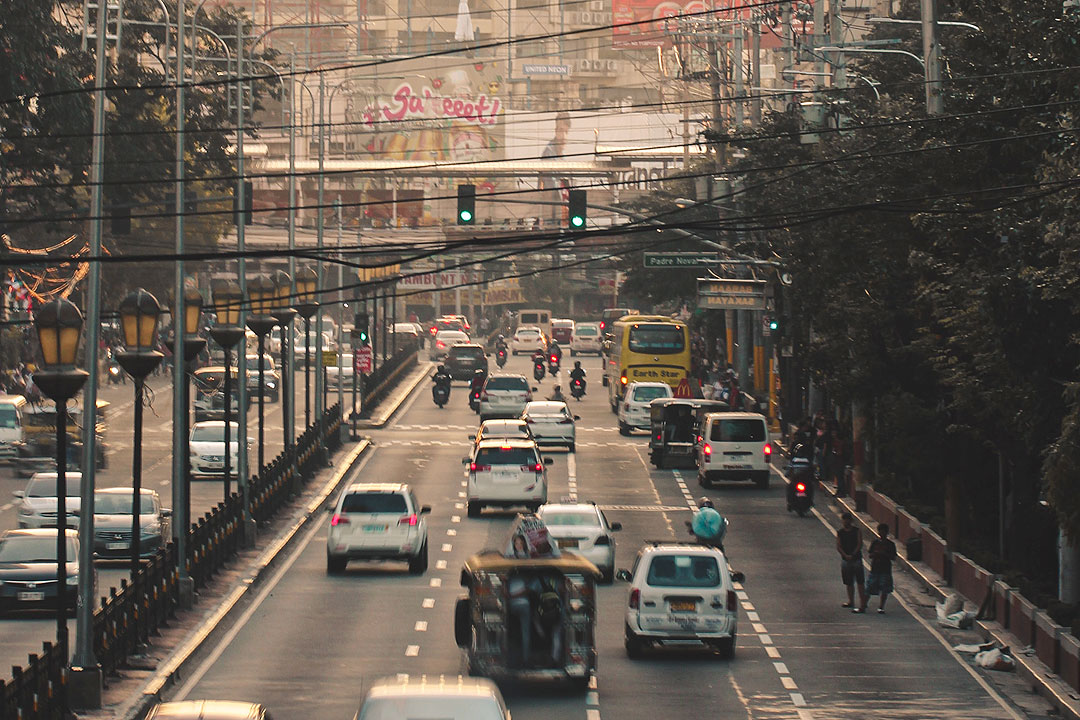
Numbers Don’t Lie
By Andrew J. Masigan

(Part 2)
In the first installment of this series, I wrote about the prevailing conditions in Metro Manila and why it has become one of the least livable cities in the world. For those who missed that piece, the culprit in Metro Manila’s woes was the decision of Metro Manila’s 17 Mayors to override the city’s zoning ordinances. This allowed the interest of the rich and powerful to subvert the common good. This has resulted in Metro Manila having one of the world’s highest population densities, one of the worst vehicular traffic situations, the least green open spaces, and the highest carbon footprint.
Is there a way out of Metro Manila’s woes? Yes, there is, but it requires tremendous political will from no less than the national leadership. The latter is necessary since the solutions subdue the interest of mayors as well as a small cadre of land developers who benefit from overriding zoning guidelines.
A fundamental solution is the enactment of the National Land Use Act (NaLUA). This piece of legislation defines how land resources across the country should be utilized, including that of Metro Manila. In short, the NaLUA will define which tracks of land are to be used for residential, agricultural, industrial, and commercial uses, those allocated for protective uses, and those that should remain open and free for public use. The law will also outline the policies, regulations, and directions relating to land use.
The National Land Use Act passed congress but has been languishing in the Senate for years since one senator is blocking its passage. Self-interest overrides national interest.
The National Land Use Act must be complimented by an updated version of the Metro Manila Zoning Ordinance. In addition, the mandate of the Metro Manila Development Authority (MMDA) should be expanded beyond delivering common services (e.g., trash collection) and LGU coordination. The MMDA must be made the mother agency for city planning and administration and the synchronizer of ordinances across Metro Manila’s 16 cities and one municipality. It must also be bestowed punitive power over LGU’s that violate the city masterplan.
Fundamental, too, is a shift in priorities in as far as permits and licenses are concerned. Whereas at present, city ordinances and laws favor the interests of the entitled few, as we move forward, the interest of the greater majority must hold eminence over all. Preference for the entitled few is evident in the protection of gated villages, prioritization of cars over public transportation, and bending of zoning laws and floor area rations (FAR) to give way to special interest groups.
To improve the housing situation, we must strengthen the National Housing Authority Charter and broaden the mandate of the National Home Mortgage Finance Corp., specifically to develop a secondary mortgage market.
About traffic… contrary to common belief, traffic is not the problem. Rather, it is a symptom of bad land use. To improve the traffic situation without rezoning and tearing down existing buildings, experts recommend the following: First, and most importantly, open up the main arteries of gated villages for public use. This will relieve EDSA and C5 from functioning as a minor artery and minor collector road. Second, main highways and avenues should not be utilized as access roads going to malls and shopping centers. Mall developers must build their own access roads above or below the main road. Third, remove color coding and instead charge a congestion and density toll fee that’s calibrated according to peak and lean hours. Fourth, expand rail and bus infrastructure and put dignity into the public transportation experience. It should be good enough that even the elite would prefer public transport over dealing with traffic and parking.
As for parking, access to street parking should radically decrease. It should be made scarce, with the few available slots made expensive. Again, this is to discourage car use in favor of public transport, walking, or biking. Like Paris, Madrid, and Singapore, vehicular access should be restricted (or minimized) in Central Business Districts, and instead, bike lanes and sidewalks should be expanded. Not only will this improve the traffic situation and the walkability of the city, doing so ignites street-life or street-side commercial and cultural activities. Street-life is the birthplace of a city’s character and the beating heart of its culture.
In infrastructure, the development of railway lines must continue as they are the most efficient in connecting distant points. Bus Rapid Transits (BRT) are effective in connecting points within the greater city core. BRT’s utilize existing roads so they are cheaper to build than railways. They are also easier to expand in range and capacity. In as much as billions are spent for railways and BRTs, government must also invest in bike lanes and wide and well-lit sidewalks for last mile transport.
To address Metro Manila’s density and expensive land prices, experts recommend that homes in sprawling gated villages be allowed to expand upwards, with height restrictions increased by a factor of two to three. This is to encourage solo houses to expand vertically so that more households can reside in a plot of prime land. Doing so will give more households access to live near the city center, while the law of demand and supply will drive prices down in both the gated villages and outside.
As mentioned in the first installment, the amount of green open spaces in Metro Manila is a shameful 0.2% of the city’s land area. To make open green spaces more accessible to the city’s residents, it is recommended that government-owned golf courses in the city be converted into public parks. This includes the golf courses in Fort Bonifacio, Villamor, Camp Aguinaldo, Veterans, and Intramuros. Vacant land owned by LGUs or the national government should also be developed into microparks. And, as they do in cities in Europe, publicly owned cemeteries are reclaimed (with the remains of the dead relocated) and converted into open recreational public spaces. Private land developers given permission to develop tracks of land can be mandated to fund the conversion of government spaces into parks, in exchange for the concession given to them.
To make Metro Manila greener, more sustainable and less cluttered, billboards should be banned altogether except in designated areas where they have a minimum footprint. Existing billboard infrastructure (metal skeleton frames) must be torn down since most are safety hazards and eyesores. Those in strategic areas can be converted into vertical gardens to offset the carbon emissions of automobiles.
Other legislative recommendations include imposing a tax on idle land, office and residential units within the city; imposing a tax for land banking; and tax breaks for first-time home buyers.
There is a lot we can do to make Metro Manila more livable. There are solutions that can be done immediately and those for the long term. Both require political will.
One thing is for sure, Metro Manila will continue to fall into blight and decay unless radical reforms are instituted.
Andrew J. Masigan is an economist
Facebook@AndrewJ. Masigan
Twitter @aj_masigan